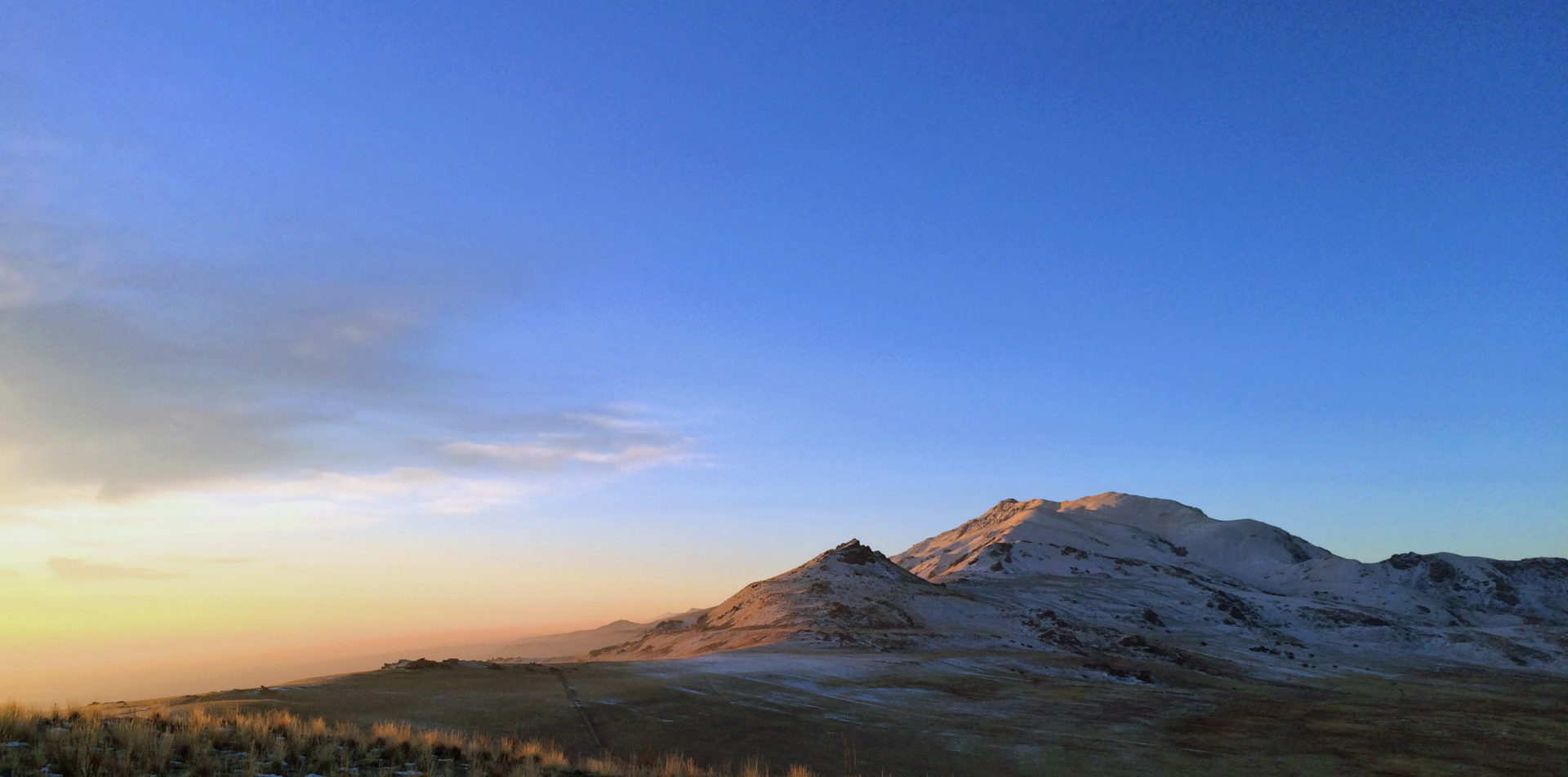Over the past year, I have made a few contributions to the great Borderlands History Blog (also on facebook). I am reposting them here to keep all of my stuff in one place, and will double-post links for future contributions.
Originally published on the Borderlands History Blog, 24 April 2013
In December, I wrote about my experience growing up on “The Other Border.” I explained how the proximity of a seemingly porous and un-militarized U.S.-Canadian border (much of it rural or remote mountain wilderness) violated some of our popular conceptions of what U.S. borders are like. Of course, I have always known that plenty of illicit things go on along my quaint Whatcom County border with British Columbia, but this headline in the Bellingham Herald really caught my eye.
“Gunfire near Sumas border sparks manhunt“
“Sumas?” I thought. “That tiny little border crossing in my county’s backyard?” Indeed, it was that very Sumas. I followed the story throughout the day yesterday. It even got picked up by national news outlets like the L.A. Times and USA Today. Naturally, the Canadian Press picked up on the story too, offering some great helicopter footage of the area.
Two men were eventually apprehended and 58.2 lbs of Amphetamine were recovered.

The location of the altercation was just a couple miles from the road I mentioned in my December post, where as a kid I remember looking across a farmer’s field and being told that “the border” was just that small farmer’s barbed-wire fence.
So, why is this interesting? Well, it just goes to show that looks can be decieving. Here I was going on and on about how remote and calm my local border seemed and I come to find out now that it is a hotbed of drug and arms trafficking specifically because it is so remote and calm! This doesn’t come as a complete surprise. For those who have watched the excellent CBC series Intelligence (available on Netflix, sadly cancelled after two seasons), there are storilines that feature characters running drugs across that very same terrain. They even mention some local landmarks like the small town of Maple Falls, WA – though they didn’t film the scene there.
Moral of the Story? Borders are deceiving. We cannot let the peaceful rural terrain, remote mountain wilderness, or lack of border walls with machine gun turrets and visible guard towers belie the realities inherent in all borders. They bisect landscapes and impose social, cultural, economic and political differentials upon those living on either side. They transform illicit activity into transnational crime. In some circumstances, they attract illicit activity. In the case of Intelligence, the growing of marijuana is more easily undertaken in British Columbia but there is a market for the product in Washington. The characters didn’t grow in BC because the climate was better. They grew product in Canada because of differences in drug enforcement. The remote border invited easy transport to the U.S. market where prices were better.
Art imitates life, I guess – because it sounds like this is precisely what happened yesterday near Sumas. Growing up on the Canadian border, I never thought twice about its proximity presenting a risk to my personal safety. Perhaps I should have. I hiked in the woods and mountains not 3 miles from the very woods where two camouflage-wearing men shot at border patrol agents. What is telling about my own assumptions is that questions of safety probably would have crossed my mind if I had been hiking along the U.S.-Mexican border. As I have argued in my inaugural post a year ago, Dare to Compare: Attempting Comparative Transnational and Borderlands History, the U.S.-Mexican and U.S.-Canadian borders have more to say to each other than we think.
Lets get them talking.
